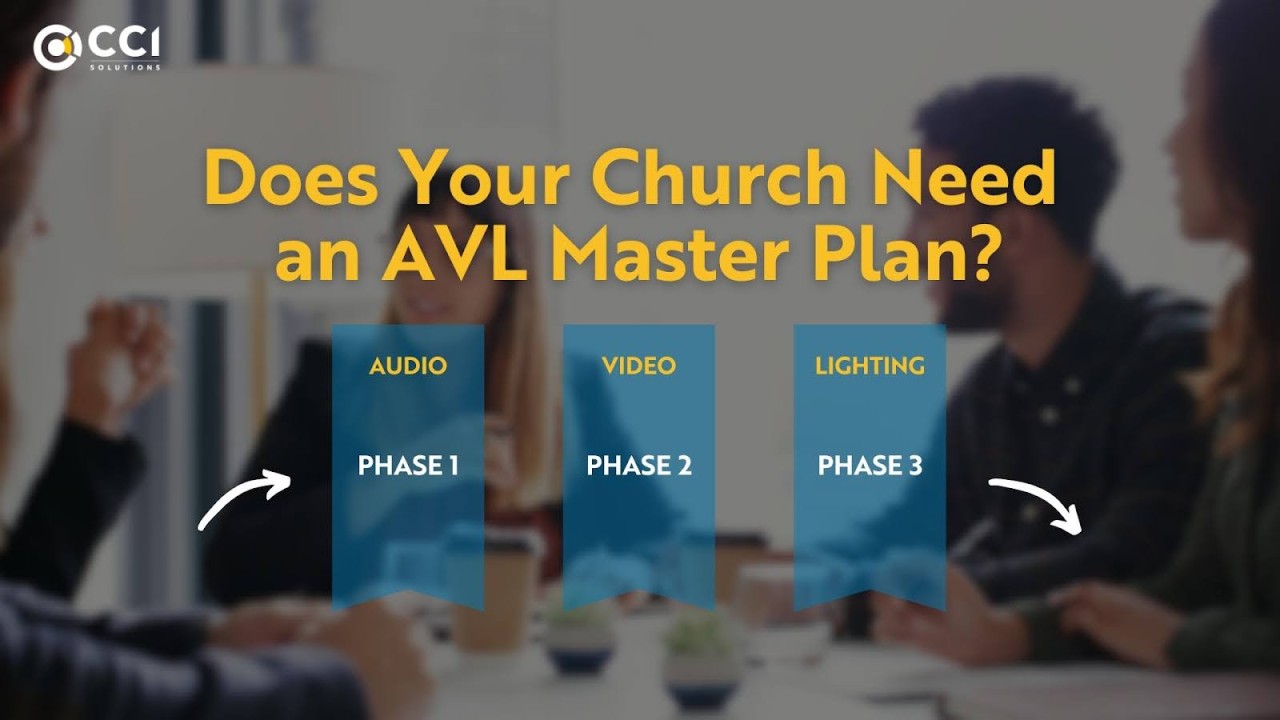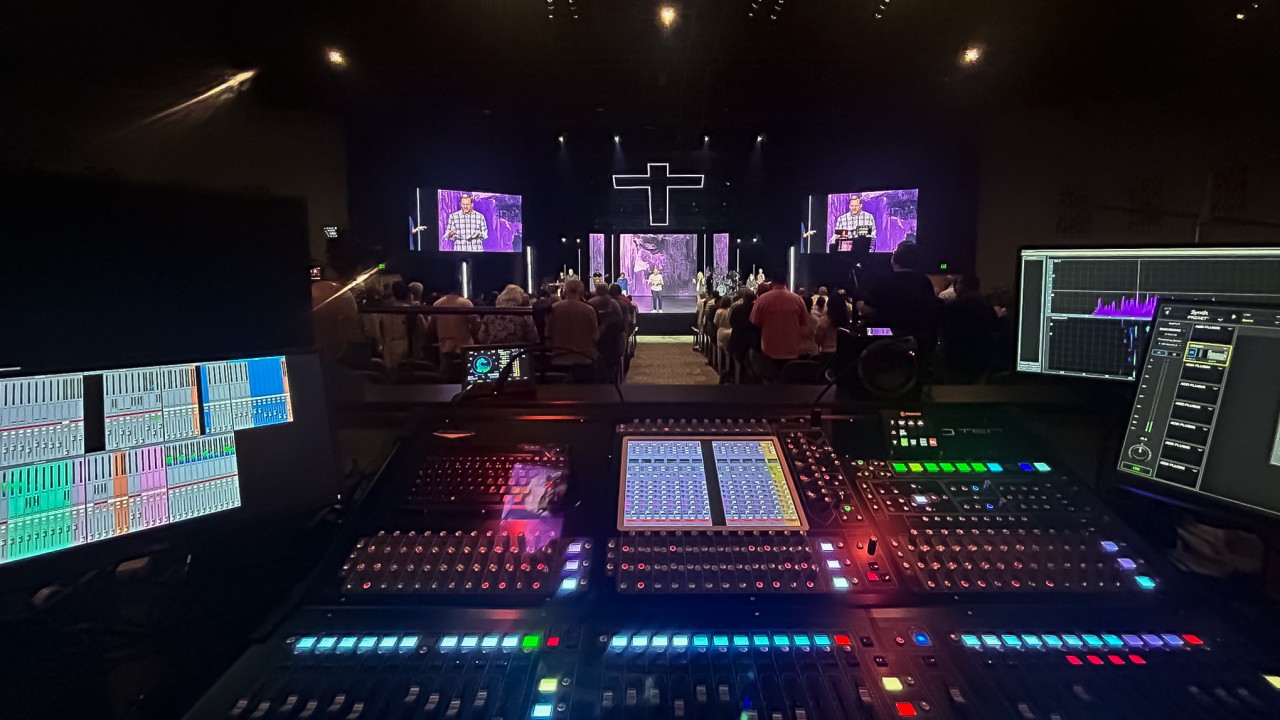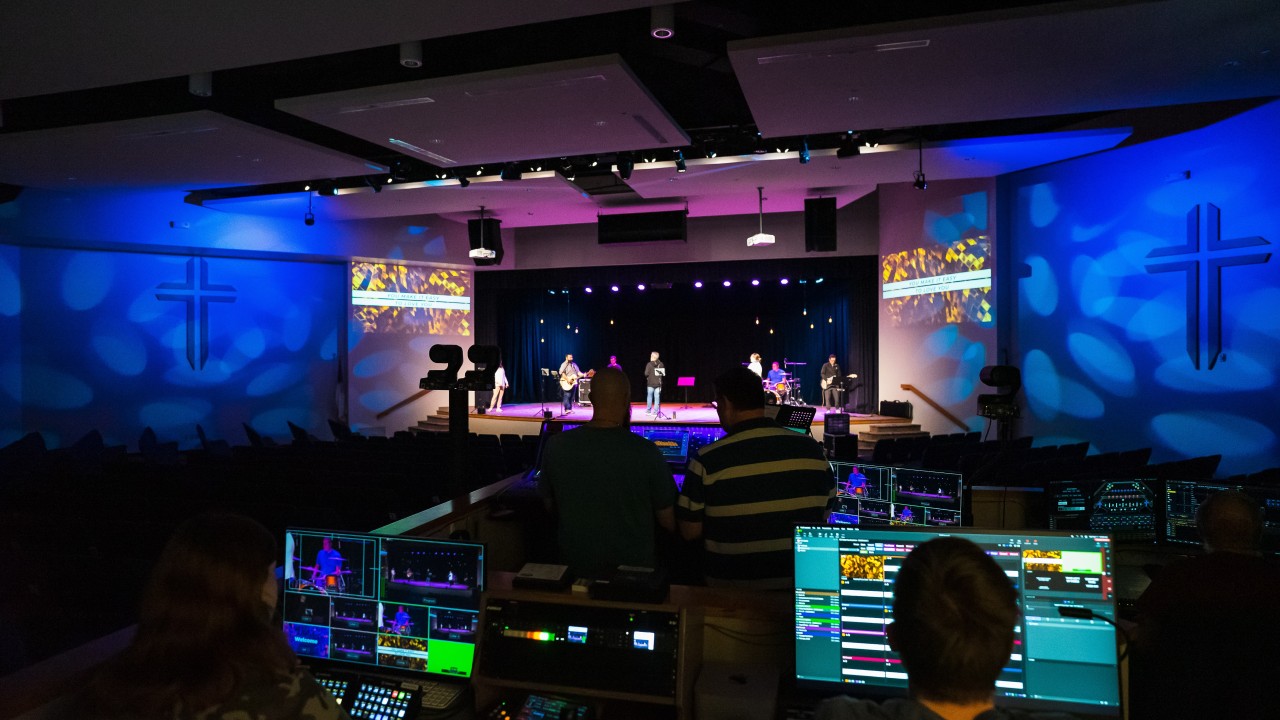As the Christmas season approaches, church tech leaders everywhere feel the excitement—and pressure—of preparing for one of the most important and memorable times of the year. From Christmas Eve services to Christmas productions, this season is filled with opportunities to inspire and connect with your congregation. But amidst the joy and energy of this special time, there’s an underlying challenge: ensuring your team doesn’t burn out in the process.
The Challenge of Christmas in Ministry
Christmas services often require an all-hands-on-deck approach. As a tech leader, you’re tasked with creating visually stunning environments, flawless audio experiences, and smooth event execution—all while juggling limited resources, high expectations, and tight timelines. While pastors may have a vision for professionalism and excellence (as they should!), it's essential to set realistic expectations to protect yourself and your team from burnout.
The key lies in communication, planning, and prioritizing balance for everyone involved.
1. Start with Transparent Conversations
Open communication with your pastor is crucial. Early in the planning process, schedule a meeting to discuss the vision for Christmas services.
- Ask Questions: What’s the big picture? Is this year’s focus on storytelling, musical elements, or community engagement?
- Be Honest: Share what’s possible with the time, budget, and team you have. If their vision exceeds your capacity, propose alternative ideas to achieve the same goal without overextending, or readjust the goalposts if necessary.
- Define “Wins”: Agree on what success looks like for the production—whether it’s seamless transitions, a powerful lighting design, or creating a welcoming environment for visitors through tech/music.
When expectations are clear from the outset, you avoid surprises and last-minute stress.
 800 224 7978
800 224 7978
















